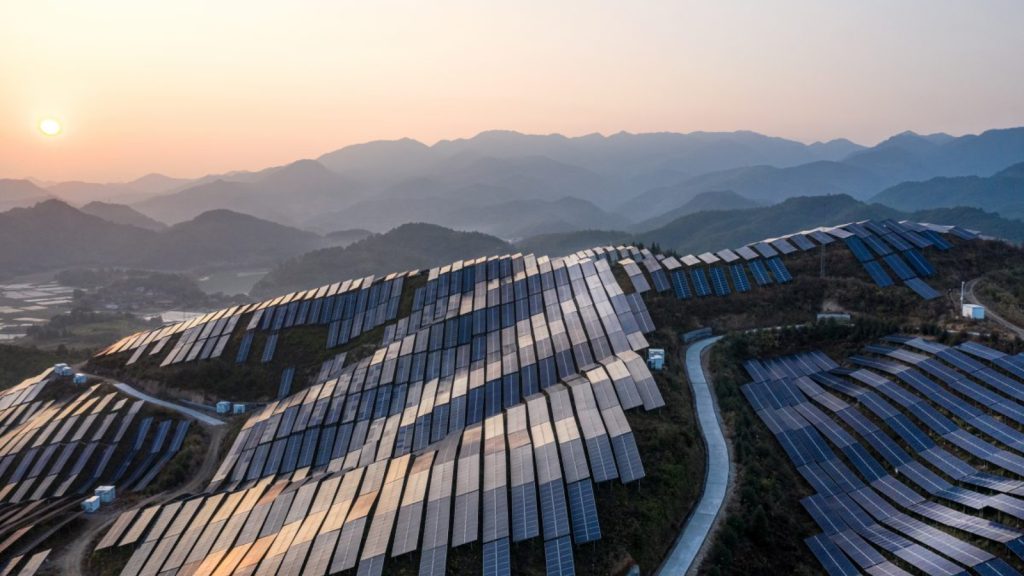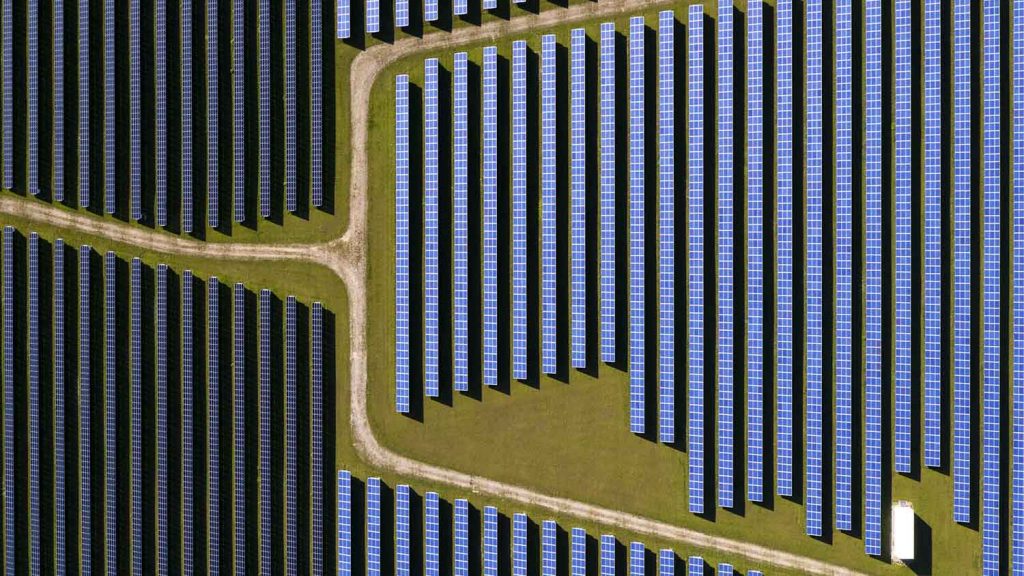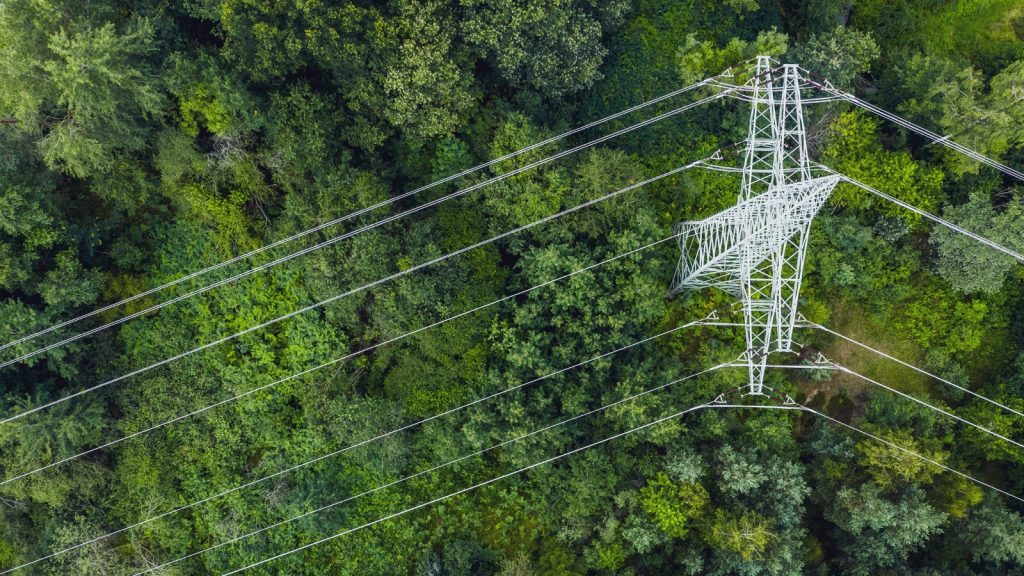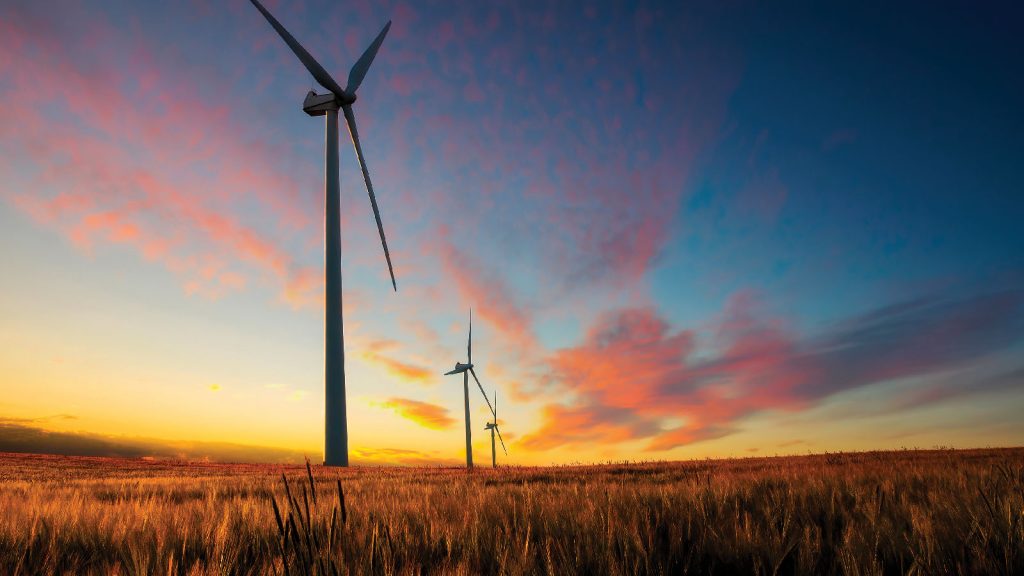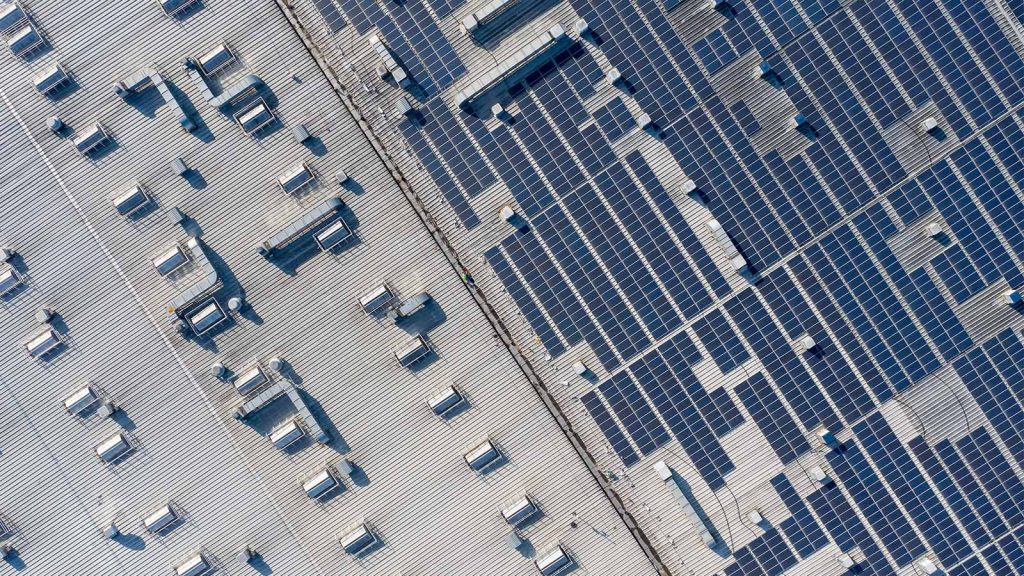
Renewable energy assets - how the market is pricing in longer asset lives
Energy Transactions
Renewable energy assets – how the market is pricing in longer asset lives
Wed 16 Oct 2019
Current state of valuations in the renewable energy markets
A short thought to kick off with, based on experience working with a global client base of renewable energy developers, financiers, investors and asset managers. Across markets, valuations of renewable energy assets are continuing to rise, and we are seeing evidence of this everywhere – from secondary market auctions where previously competitive bids become uncompetitive, to greenfield tariff auction processes where the prices bid are ever lower (c.f. the recent solar auction in Portugal), to public statements from listed Yieldcos adjusting down their discount rates and correspondingly revising up their NAV (FSFL’s last report is one of many examples).
The role of changing renewable asset life estimates in valuations
But this isn’t just about a race to the bottom with discount rates – it is also reflecting technology improvements and the adjusting of some key valuation assumptions which is one of the main areas of learning in our ‘course financial modelling for renewable energy projects’. One area where this is coming together is in relation to assumptions around asset lives. There used to be a standard assumption of 20 or 25 years for onshore wind and solar, and because this was assumed to be the technical asset life, this was also the length of time that developers would apply for planning consents and lease terms. The technical position has moved on, however, developers are routinely seeking much longer planning and lease terms and acquirers of assets are having to decide whether to value all of this in (up to 40 years or more in some cases) or to see this as an upside scenario only and risk being outbid.
Why does the asset valuation of a renewable energy project matter?
Of course, what others in the market do is relevant to valuations not just because of competitive tension. For contractors looking to build out projects and then potentially sell once built, knowing what long-terms owners are willing to pay for these is a crucial part of their calculations. For closed end funds, being able to anticipate the valuation at the end of the fund life is critical to the initial valuation too. So ultimately, there is a trickling down effect.
Managing the balance between asset life assumptions and the asset risk profile
Many of the investment funds we work with have investment mandates for relatively low risk, stable, yielding assets, and it is crucial to their long-term sustainability that they retain investment disciplines with asset performance in line with (or better than) the investment case. So how does a longer asset life assumption sit with this risk profile? My personal view is that it can do, but subject to a technical steer on increased costs and potentially lower availability towards the end of the asset life, the need to model in potentially two cycles of major maintenance costs such as inverter replacements, and a consideration of whether discount rates towards the end of the asset life remain appropriate. Because long-term investment in renewable energy assets today is ultimately not just about taking a view on the technical performance of these assets, it is also about taking a view on merchant price risk well beyond any confident forecast period.



